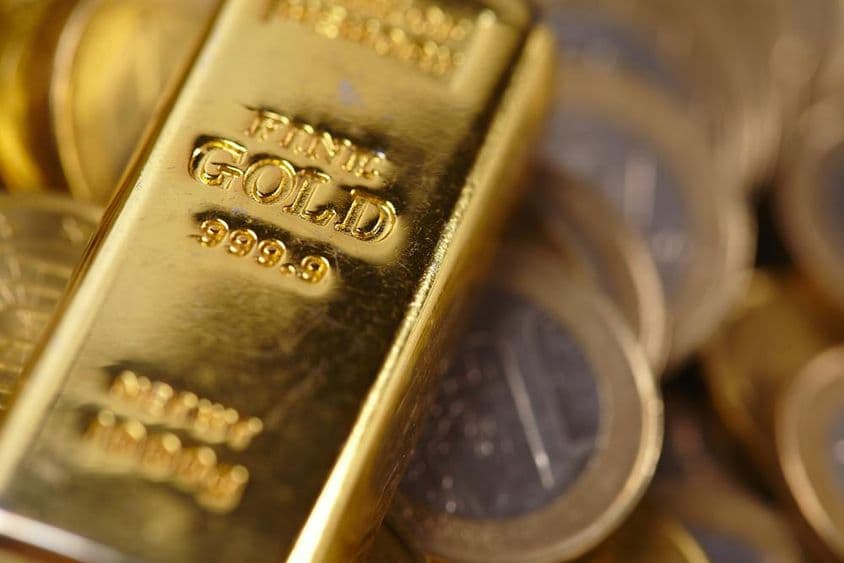UAE's Digital Gold Revolution: Micro Investments

Digital Gold Rush in the UAE: Micro Investments Starting at 0.1 Grams
In the United Arab Emirates, a new form of investment is gaining popularity: digital gold purchasing. Previously accessible only to wealthier individuals, this precious metal is increasingly becoming available to everyday savers—literally, all it requires is a smartphone. Behind this phenomenon is not only technological advancement but also a shift in mindset: people are opting to buy in smaller, regular amounts instead of saving up large sums for gold bars or jewelry, even starting with as little as 0.1 grams. Currently, the average investment is around 500 dirhams, a model that has notably gained traction among the younger generations.
The Rise of Micro Investments
Although digital gold purchasing is not a new idea, it has recently become genuinely accessible and straightforward for a broad segment of the population. Platforms like Botim, which is part of the AstraTech fintech ecosystem, have released apps through which users have purchased digital gold worth more than 22 million dirhams. According to Botim, more than 775,000 users have explored the new feature, and 45,000 transactions have occurred since August.
The key to success is the low entry threshold: investments can begin with as little as 0.1 grams, or a few hundred dirhams. This opens the door to gold investments for individuals who would previously have saved for months for small pieces of jewelry or coins. Currently, 64% of purchases made on these platforms are under 500 dirhams.
The New Role of Gold in Savings
In the region, gold has played an important role for centuries in preserving wealth and upholding festive traditions. However, it was traditionally held in physical form—like jewelry, coins, or bars—in households. The emergence of digital gold introduces a new dimension for savers: gold is now not only a means of preserving value but also a modern, flexible savings instrument.
Members of the younger generation often approach investments through app-based financial tools. For them, digital gold is not only more accessible but also more convenient than its physical counterpart. No need for safety deposit boxes, storage, or transport—all it takes are a few taps on a smartphone screen.
Technology and Security Hand in Hand
Many rightly question the safety of digital gold investments. Most platforms collaborate closely with international regulators, custodians, and auditing organizations to ensure the presence of gold reserves and the security of transactions. Some systems even offer a sharia-compliant yield program that targets a 3% annual yield expressed in gold grams.
With advancements in technology, it has also become possible for digitally purchased gold to be later delivered in physical form—coins or bars—directly to the buyer's home. This hybrid approach—digital purchasing, physical redemption—further strengthens public trust.
The World Gold Council and the New Digital Era
The World Gold Council's new strategy, the Gold247 initiative alongside the introduction of the Standard Gold Unit (SGU), aims to standardize the digital gold market. Their objective is for gold to be not just a static store of value but an easily movable, transparent, globally recognized asset. This effort aligns with the trend where investors employ a more portfolio-based approach and treat gold not only in physical form but also as an ETF and now digital.
The Double Face of Volatility
Even in 2025, gold exhibited significant price fluctuations, with volatility exceeding 30% during certain periods. This presents both a risk and an opportunity for the digital gold market. The 24/7 accessibility, instant liquidity, and the ability to enter in small amounts allow investors to respond swiftly to market changes. Experts suggest increasing the proportion of gold in portfolios to 15–20% during periods of heightened uncertainty.
New Habits, New Generation
The future gold investor is no longer waiting to gather enough money over years for a bracelet. Instead, they purchase 0.1–0.5 grams monthly or even weekly in digital form, gradually building their gold position. This conscious, low-risk, and easily manageable model is particularly suited to digital natives, for whom investing becomes as natural a mobile function as online shopping or social media use.
Summary
The United Arab Emirates is experiencing a digital financial revolution, where traditional wealth-preservation tools meet modern technology and new financial habits. Micro investments and low entry thresholds make it possible for almost anyone to start saving with gold. Thanks to smart devices and fintech platforms, gold is back in fashion—not shimmering around the neck or wrist but quietly accumulating in the digital wallet. Dubai and the entire UAE have become not just followers but one of the global centers of this new trend.
(According to analysts' opinions.)
If you find any errors on this page, please let us know via email.


